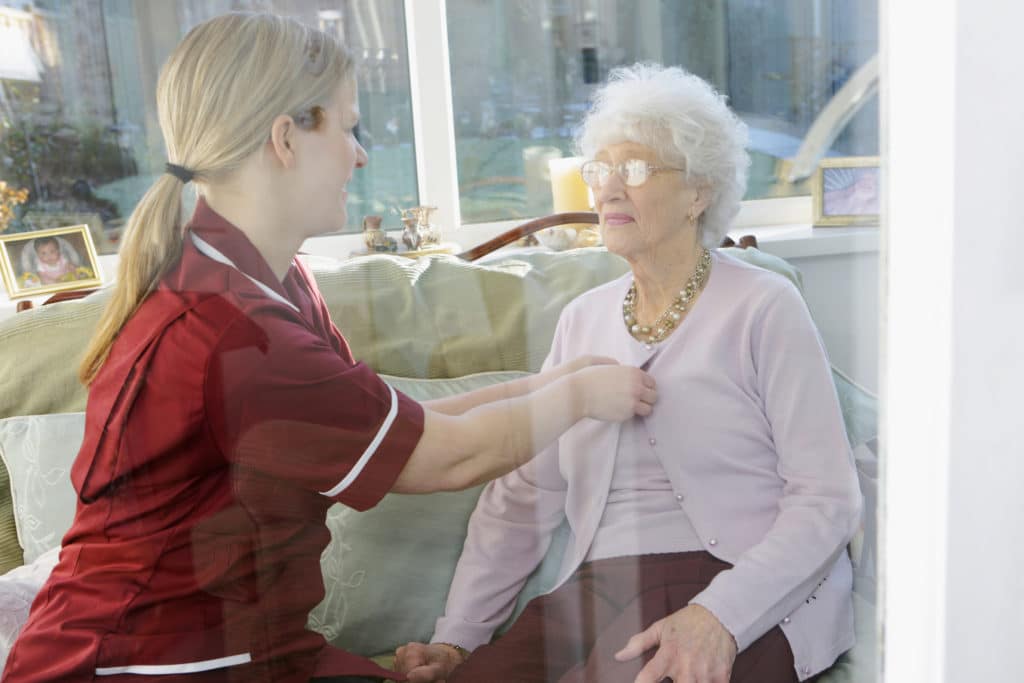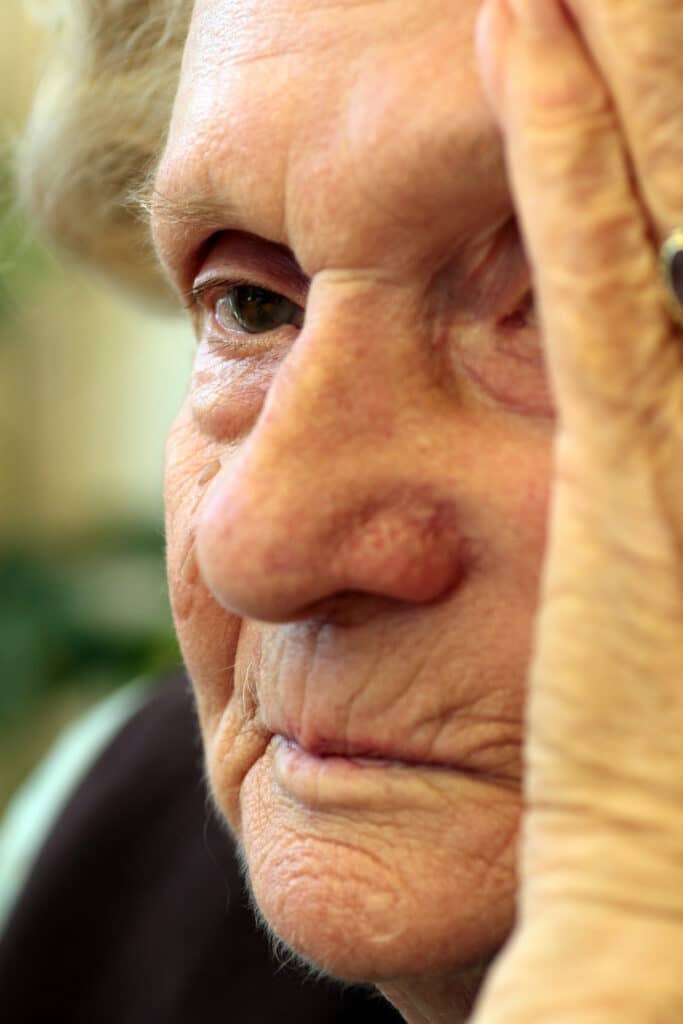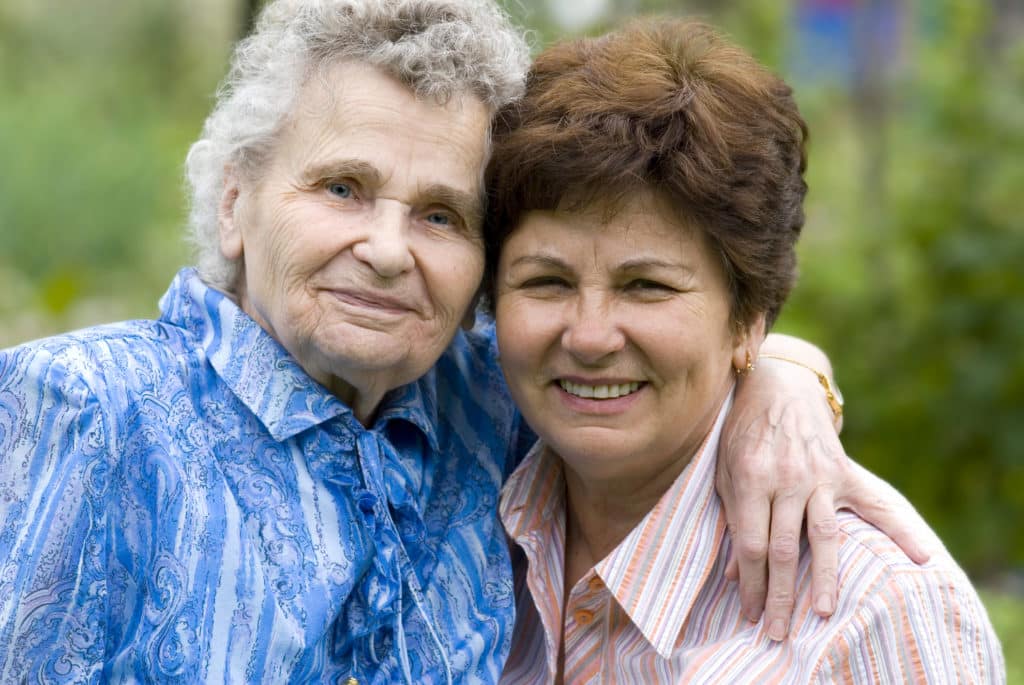Alzheimer’s disease (AD) is a form of dementia that impairs cognitive, social, and occupational functioning. It has seven stages ranging from normal outward behavior to very severe decline. In the United States, Alzheimer’s is the leading cause of death, and approximately 5.3 million seniors were diagnosed with AD last year. This disease doesn’t just affect older adults; an estimated 200,000 Americans younger than age 65 were also afflicted by Alzheimer’s. As signs of aging become more evident over time, how can you tell if you’re just exhibiting symptoms of aging or if you have Alzheimer’s? A-1 Home Care in delineates the differences in this article.
Alzheimer’s vs. Normal Aging
If your elderly loved ones live with you, it may be easier to see the cognitive decline over time because you know them well enough to distinguish between normal behavior and distinctive red flags. Otherwise, when you visit them, pay attention to the following signs:
- They ask you to repeat simple details again and again
- They have a hard time performing simple tasks, such as balancing a checkbook or following a recipe
- They forgot how to use the stove
- They forget what they look like and can’t recognize themselves in the mirror
- They stop mid-sentence and not only forget the point they’re making, but they also have no idea what they’re saying
- They place things in weird places, like putting their bifocals in a freezer. If they can’t find the object, they accuse others of stealing
Normal memory loss would not cause you to forget how to do simple arithmetic or make you forget what you look like. These are moderate to severe signs of Alzheimer’s that need medical attention and 24-hour supervision at home. If you live with your elderly loved ones, you could acquire live-out or part-time help from A-1 Home Care in Yorba Linda. If your parents live alone, you may want to consider round-the-clock in-home support which includes assistance with meal preparation, light housekeeping, bathing, grooming and personal care.






